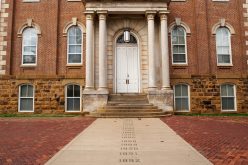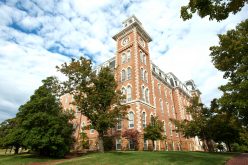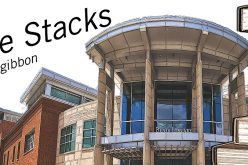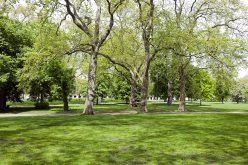Barbera Grapes
Wine Of The Week: April 20
Hello Everyone,
 This week’s topic is one of my favorites, and reminds me that, for the first time in 10 years, I won’t visit Italy this year. Too much work, too much U.S. travel. But, I am planning a new itinerary for spring 2012, and it involves two countries.
This week’s topic is one of my favorites, and reminds me that, for the first time in 10 years, I won’t visit Italy this year. Too much work, too much U.S. travel. But, I am planning a new itinerary for spring 2012, and it involves two countries.
Try a new wine this week!
Bruce
 The barbera grape typically makes a hearty, deeply colored yet drinkable red wine that’s great with food. Its native home is northwestern Italy, where it’s grown primarily in three adjoining states: Piedmont (Turin), Lombardy (Milan) and Emilia-Romagna (Bologna). It is sometimes confused with wines from the Piedmont town of Barbaresco, whose wines are made from the nebbiolo grape. Some of the best barbera’s are made in a neighboring town called Alba (of white truffle fame), followed closely by Asti (better known for its moscato-based spumante).
The barbera grape typically makes a hearty, deeply colored yet drinkable red wine that’s great with food. Its native home is northwestern Italy, where it’s grown primarily in three adjoining states: Piedmont (Turin), Lombardy (Milan) and Emilia-Romagna (Bologna). It is sometimes confused with wines from the Piedmont town of Barbaresco, whose wines are made from the nebbiolo grape. Some of the best barbera’s are made in a neighboring town called Alba (of white truffle fame), followed closely by Asti (better known for its moscato-based spumante).
Lombardy (Lombardia in Italian) is best known for its capital Milan in its center and Lake Como in its north. In the south, where it joins Piedmont and Emilia, is a little known vineyard area called Oltrepo Pavese. Not many tourists here, and few notable wineries, but the quality of grapes, including barbera, is so high that many Piedmont producers purchase grapes here to take back to their own wineries.
Just south of Milan, across the Po River into northern Emilia, is a little known, locally loved wine region around the ancient city of Piacenza, western anchor of the old Roman road Via Emilia. In its western hills is a fine barbera region, called Colli Piacentini (“Hills of Piacenza”). The style here is deeply colored, a little more fruit-centered than the ones over the mountain in Piedmont. This will be familiar to many readers who have traveled with me as we discovered this wine at a restaurant I frequent.
Barbera’s deep color tends to fall somewhere between a cabernet and a merlot, though in flavor it’s probably more reminiscent of something between a pinot noir and a syrah (shiraz). In Milan this is the preferred accompaniment to their classic dish Osso Buco (veal shanks). Northwestern Italy is also risotto country, and barbera is often served with risotti, especially when they contain wild mushrooms, red wine, etc.
The Barbera we discovered at that Emiliana restaurant, is made by Massimo Perini, at Ferrari & Perini. (And yes, this is the Italian region where Ferrari’s are made, but Massimo’s town of Piacenza is at the opposite side of Emilia, so it’s not a direct enough family connection for me to get a discount!) Massimo’s “Ferrari & Perini Barbera” retails in the $15-$20 price range.
Winemaker Massimo Perini’s “Ferrari & Perini” Barbera is from a hillside vineyard near the ancient city of Piacenza, Italy. This area is less than one hour south of Milan.








